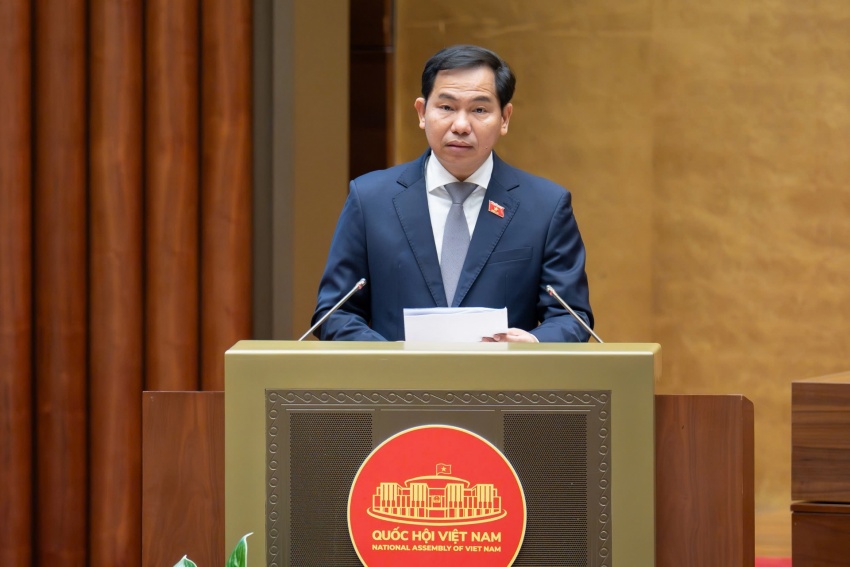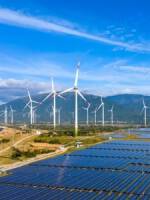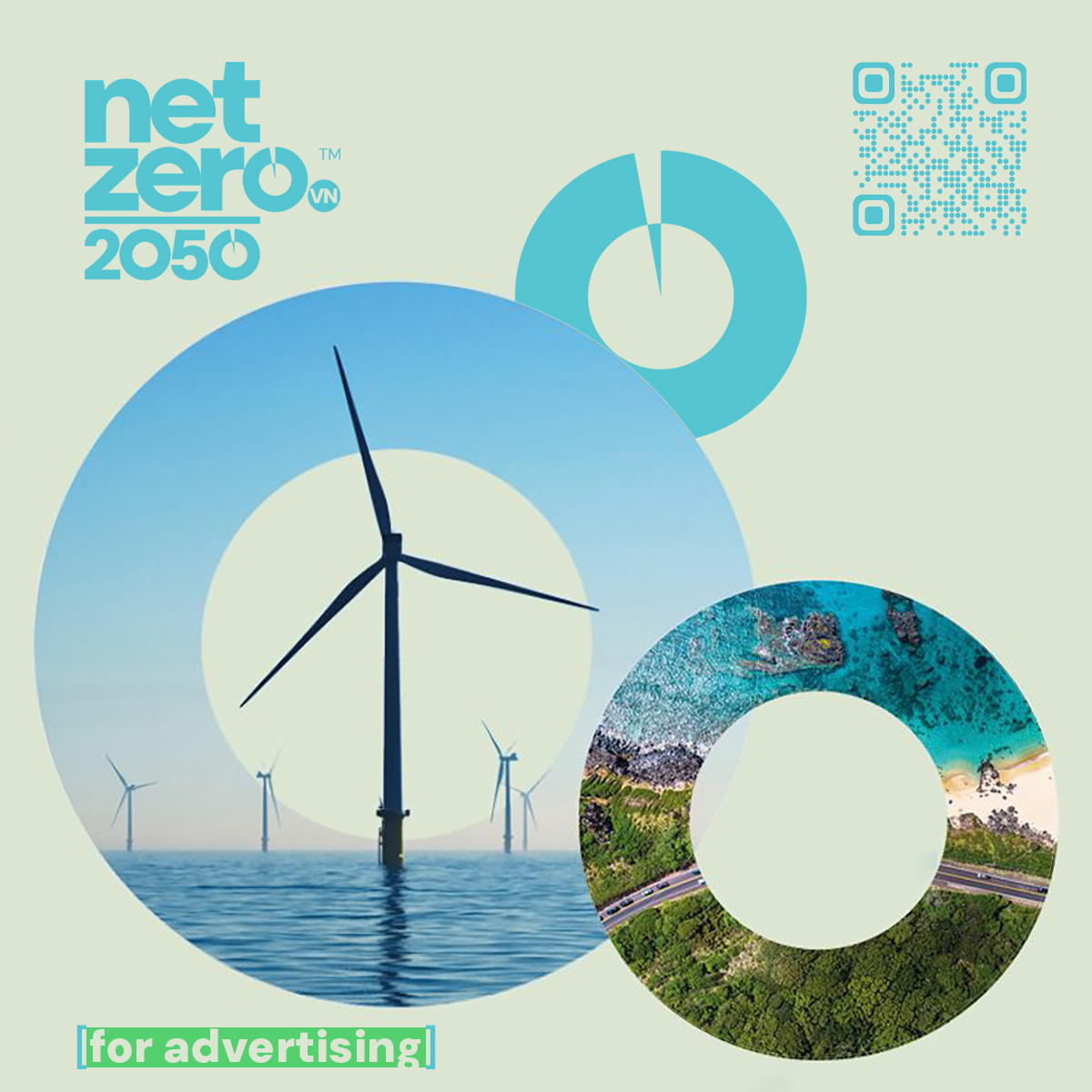
National Assembly General Secretary Le Quang Manh made the announcement while presenting a report on the implementation of the Law on Environmental Protection (2020) at a National Assembly meeting on October 28. This is among six urgent tasks Vietnam is targeting to complete by the end of 2026 to advance its environmental protection policy.
He noted, “The carbon credit exchange, a key step towards developing the national carbon market, will begin pilot operations by late next year, about one year later than the initial plan of 2025.”
A carbon market enables the trading of greenhouse gas (GHG) emission rights, allowing companies and organisations to purchase credits or emission quotas to offset their carbon emissions and meet voluntary or mandatory reduction targets. Sellers, meanwhile, are those with surplus allowances or who generate carbon credits through certified emission-reduction projects.
Under the draft decree on the domestic carbon credit exchange, two products will be traded: emission quotas and carbon credits. The Ministry of Natural Resources and Environment is also preparing a draft decree on international carbon credit and emission reduction trading, expected to be submitted to the government this year.
During discussions at the National Assembly, Nguyen Thi Lan Anh, deputy director of Lao Cai Department of Science and Technology, urged Vietnam to put the carbon exchange into official operation to foster a green economy and achieve its net-zero goal by 2050 commitment.
She emphasised the need for technical and financial support policies to help businesses, especially small- and medium-sized enterprises (SMEs), participate in the market. “Provinces with large forest coverage should be prioritised to join early. State policies should also encourage the development of special-use forests to both prevent natural disasters and create key carbon ecological zones,” she said.
Despite Vietnam’s favourable conditions to develop a carbon trading market, Ha Hong Hanh, deputy head of the Propaganda and Mass Mobilisation Committee of Khanh Hoa province, pointed out several challenges.
“Currently, only two to three centres in the country are capable of conducting internationally accredited GHG inventories, and emission data in many sectors remain incomplete. This hampers the setting of emission quotas and verification of reduction outcomes,” she said.
She also noted that domestic firms currently have to sell their carbon credits through international intermediaries, which raises costs and reduces their actual benefits. Hanh proposed improving the legal framework, especially decrees governing carbon exchange operations and the allocation and trading of emission quotas, and called for a unified national database on GHG emissions connecting central agencies and enterprises.
She further suggested, “Financial support for SMEs is needed to cover auditing and registration costs, while pioneering emission-reducing businesses should receive incentives such as tax breaks or access to green credit.”
Beyond carbon market development, NA General Secretary Le Quang Manh said, “Vietnam will issue and implement a National Action Plan on Air Pollution Control and Environmental Quality Management, and urgent measures to curb and mitigate air pollution in Hanoi and Ho Chi Minh City will be rolled out immediately.”
“A real-time online GHG inventory information system will also be established to analyse and report emission data efficiently. By the end of 2026, a national environmental database will be fully operational and interconnected with national data systems, allowing real-time data sharing,” she added.
The supervisory delegation noted significant progress in environmental protection efforts. Three of the five targets set forth in 2025 have already been exceeded, including the rate of urban solid waste collected and treated to meet standards, the percentage of industrial zones with centralised wastewater treatment systems, and forest coverage. Major pollution sources are now closely monitored, preventing large-scale environmental incidents.
However, the report also highlighted several ongoing issues. Environmental pollution remains a complex issue, particularly in major cities, where fine dust is a significant concern. Sometimes, Hanoi and Ho Chi Minh City rank among the most polluted urban areas globally.
Infrastructure for environmental protection, especially for solid waste collection and treatment, remains outdated and insufficient. Only about 18 per cent of total urban wastewater is currently collected and treated. Nationwide, just 31.5 per cent of industrial clusters and 16.6 per cent of craft villages have invested in centralised wastewater treatment systems that meet environmental standards.
Nguyen Huong




